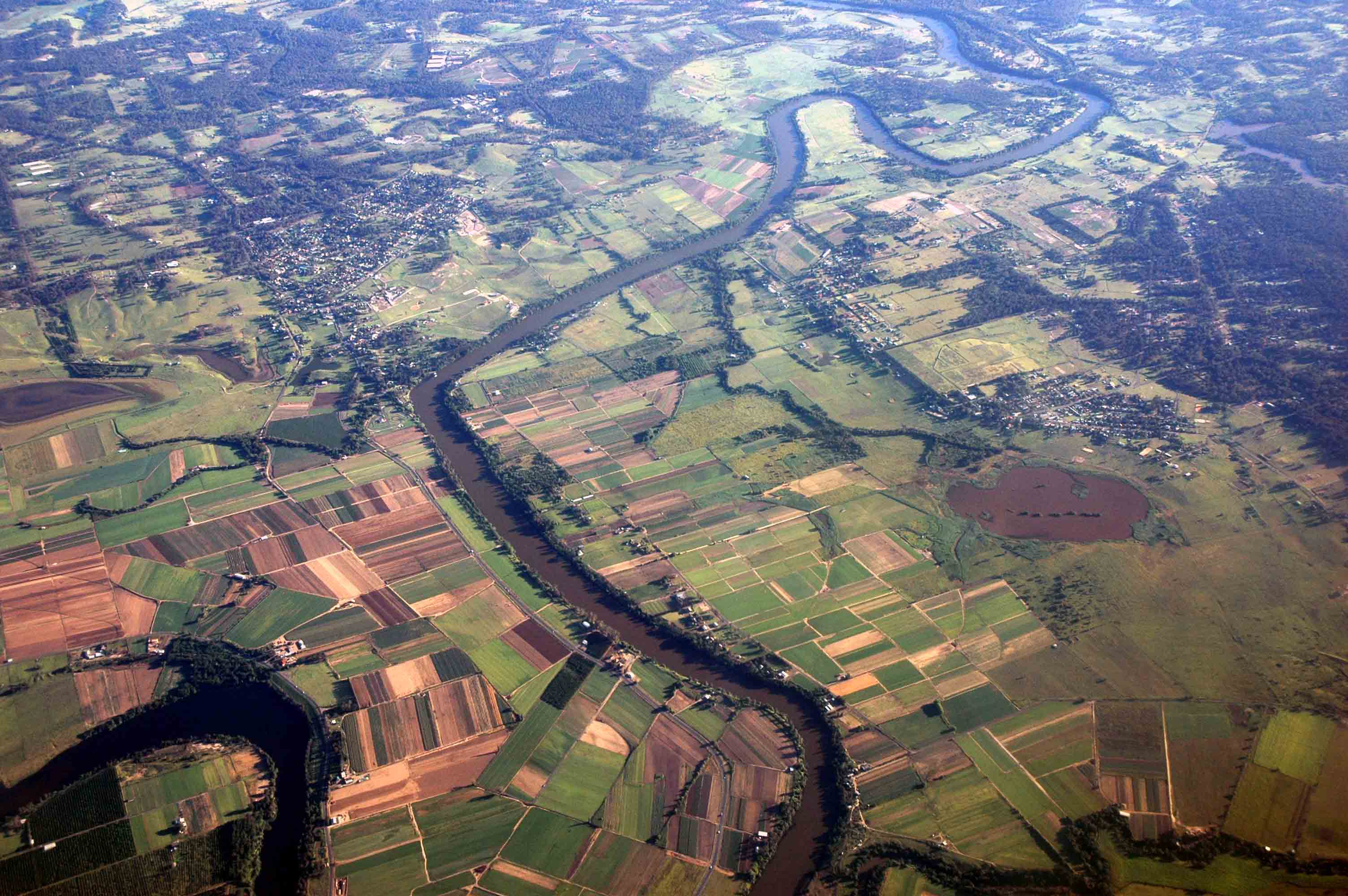

Newsletter
A View From The Edge
Issues in Rural and Metropolitan Fringe Planning
Ian Sinclair,
Principal Consultant, Edge Land Planning
Rural and Environmental Planning Consultants
As published in New Planner, The Magazine of the Planning Profession in NSW
Number 78, March 2009
Rural Zones and the Standard LEP
The Standard LEP has been in existence since March 2006 and there are many Councils working on preparing LEPs throughout the State. The Standard Instrument LEP can be accessed from www.planning.nsw.gov.au/
There is not sufficient room here for discussion on all of the aspects of the LEP so the comments will relate to the zoning of land for primary production, rural landscape and rural residential uses.
The Standard LEP makes provision for the following rural zones: Primary Production, Rural Landscape, Rural Small Holdings and Large Lot Residential (whilst it is noted that this is a residential zone it is relevant to this discussion). The Practice note that was issued in April 2006 makes recommendations about the application of the zones. These comments on the applicability of these zones are made from a practical point of view having worked on a number of LEPs and Strategies in coastal, metro fringe and inland areas of NSW.
The Primary Production zone, according to the Practice Note, is to apply to land suitable for "… most kinds of extensive agriculture, horticulture, intensive livestock agriculture, mining, forestry and extractive industries". The objectives of this zone infer that it is for productive agricultural land. The Rural Landscape Zone applies to "…rural land with landscape values or land that has reduced agricultural capability due to gradient, soil type, vegetation, rock outcrops, salinity etc, but which is suitable for grazing and other forms of extensive agriculture." The objectives of this zone imply that it is land more suited to extensive agriculture rather than intensive forms agriculture.
The Deparment of Planning and Department of Primary Industries state that there is a need to protect the good agricultural land for farming purposes. This should be done by only zoning the productive land as Primary Production - that is land that is flat and has good soils or land that has a number of intensive animal establishments on it such as poultry farms. This land can be identified by a land use survey, holding analysis and consideration of the soil types. The other land that may be hilly or not have soils that are suited for continuous cultivation should be zoned as Rural Landscape. However the objective of this zone should state that it may be suited to extensive and intensive agriculture as some of this land may be suited to grape or olive growing (which are considered to be intensive plant agriculture).
This is the broad principle, however, when considering the detailed application, it depends. In areas on the coast and the metro fringe, there is a distinct difference between the productive land and the other land. This can be seen from photo 1 which shows the Pitt Town - Wilberforce area in Sydney's west and photo 2, which shows land in the Werombi area of Wollondilly Shire in Sydney's southwest. In the inland areas, where you have a lot of good grazing and cropping land, interspersed with hilly land, it is probably best to keep it as one zone - Primary Production. However, if there are large areas of hilly vegetated land it should be zoned as Rural Landscape or a suitable Environmental zone. This land is shown in photo 3 in Gunnedah Shire.

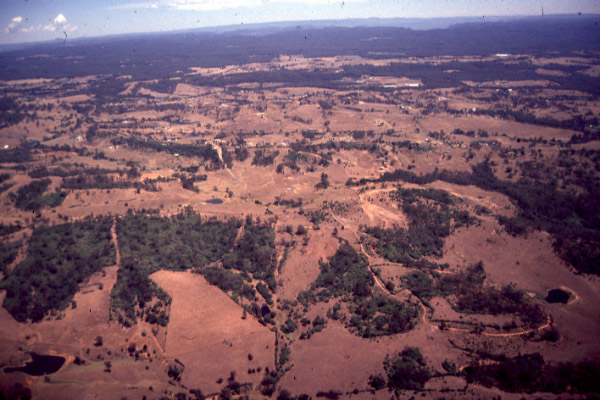
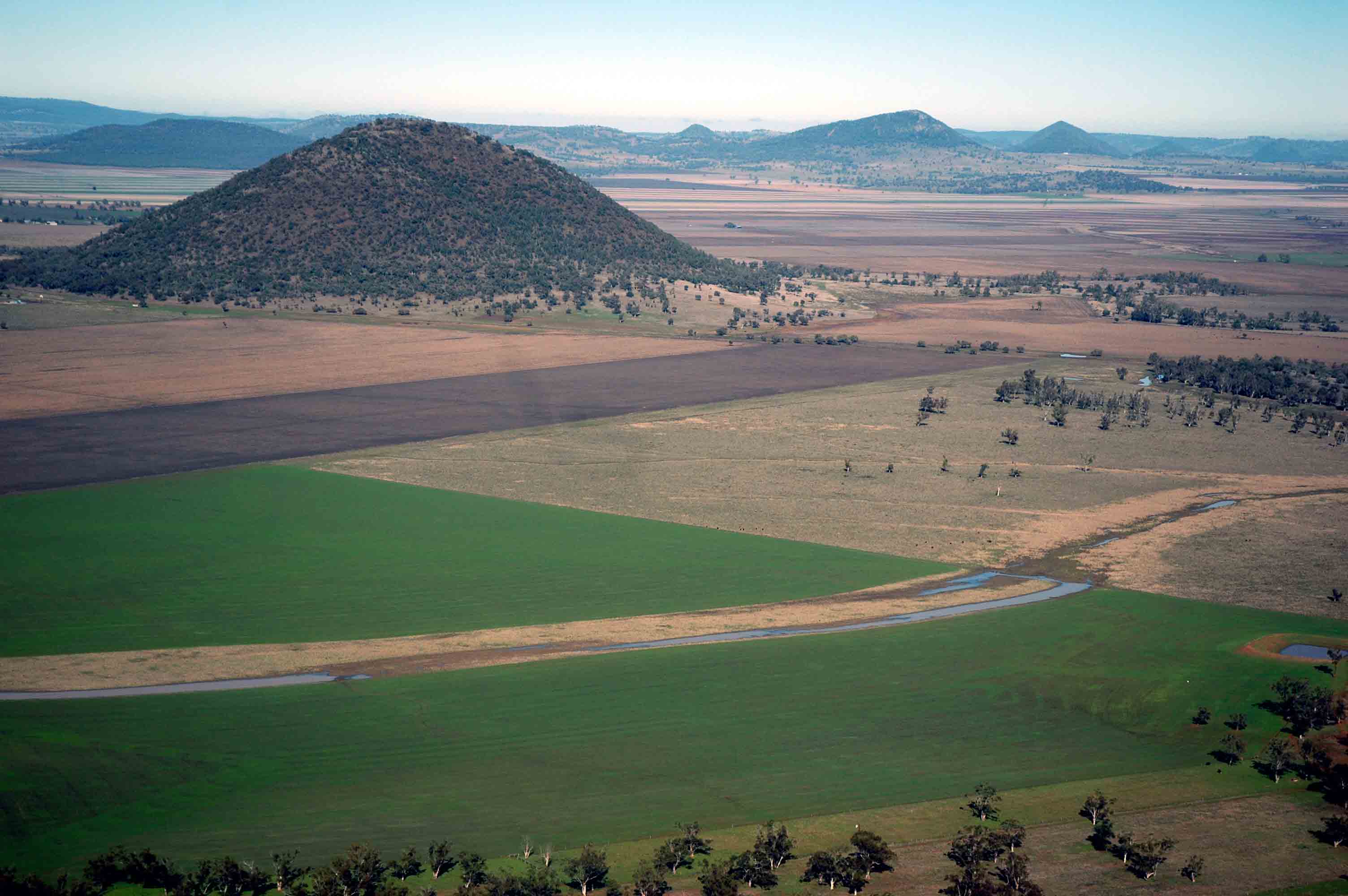
By doing this we will be able to ensure that the good land is zoned appropriately and this also allows incentives to be applied to the good land.
The Rural Small Holding zone is to apply to "…land which is to be used for small scale rural and primary industry production. … It is not intended that this zone be used for land that is primarily residential in function-the R5 Large Lot Residential zone should be used for that purpose." This is the same as the Primary Production zone only on smaller lots. The same result can be achieved by applying the Primary Production zone and having different lot sizes on the lot size map. This means that this zone is not needed to delineate agricultural uses.
The Large Lot Residential Zone is to apply to "…development that provides for residential housing in a rural setting. … This zone was formerly known as a Rural Residential zone."
There are 2 different types of rural residential development: rural fringe and rural living, which have been described in previous issues. The basic difference is that the rural fringe is for estate type of development ranging from 4,000 m2 to 2 ha and rural living is scattered amongst agricultural and vegetated land and can be as large as 40 or more. Both types are zoned separately in most rural areas - metro fringe, coastal and inland. They are shown in photo 4, which shows rural fringe in Wallacia in Sydney's west and photo 5, which shows a rural living lot west of Wingham on the mid north coast of NSW.
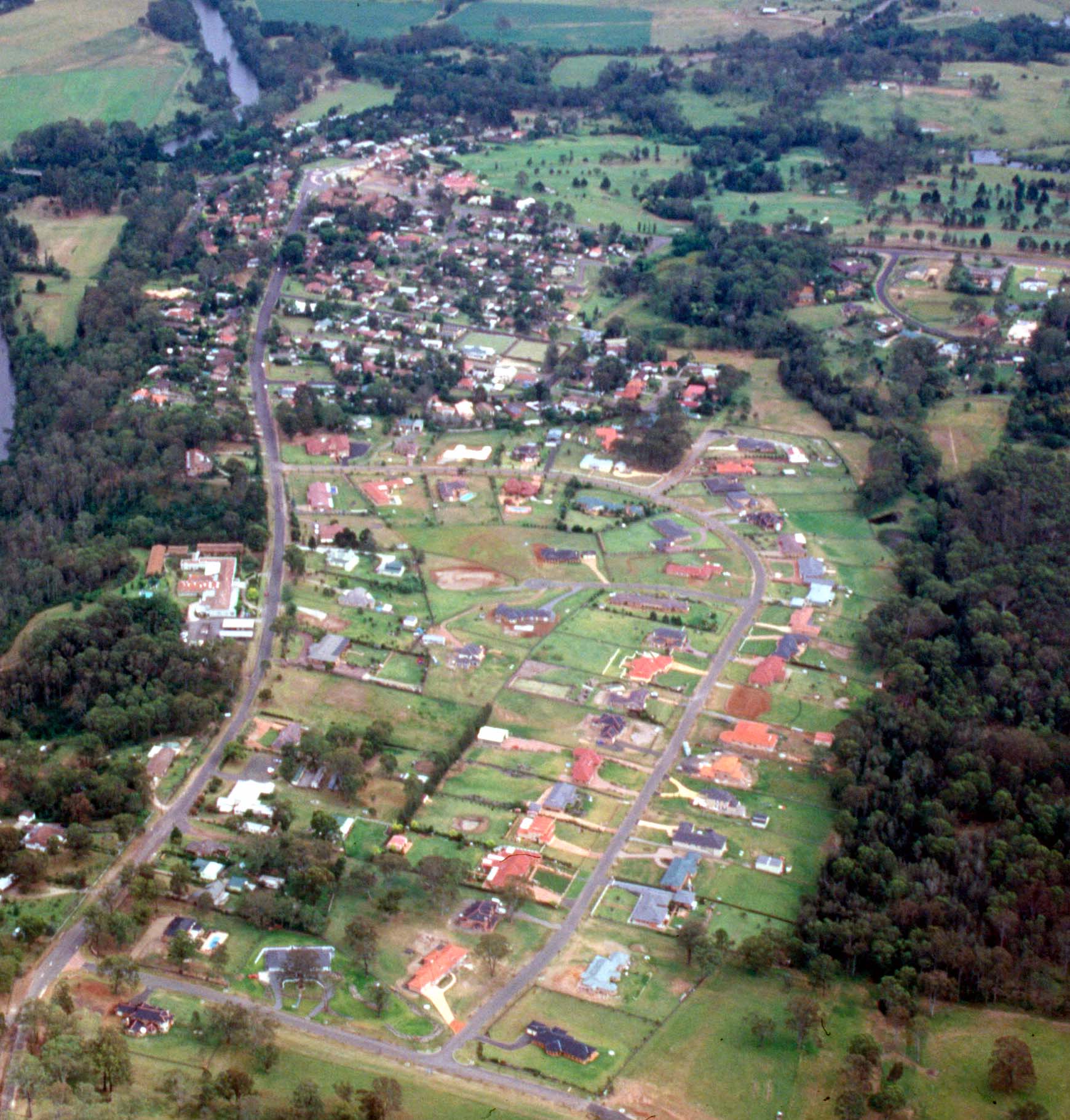
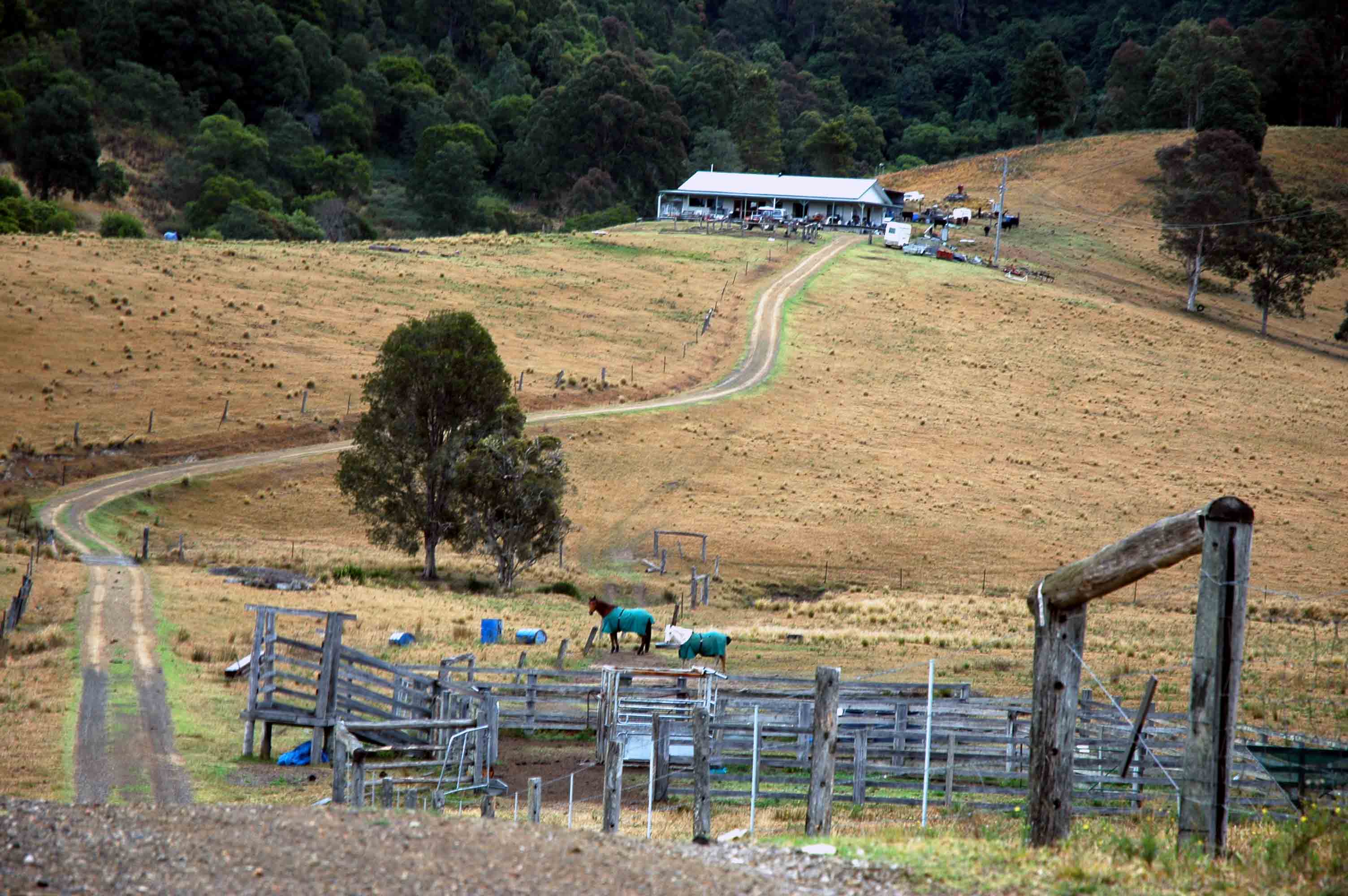
Using the Practice Note would result in the large lot residential zone applying to 4000 m2 lots, 10 ha and 40 ha lots because they both are rural residential uses. Now this may sound good in theory, except that this is a Residential zone and not a rural zone. It will result in large tracts of land being used as hobby farms with some cattle or olives on it being zoned residential as they are currently zoned for rural living types of development. There is also likely be pressure for the larger parcels to be subdivided into smaller lots because they are residential zones, which have much smaller lots. The land between Exeter and Bundanoon in Wingecarribee Shire is a good example. This land is zoned for 4 ha lots and has a mixture of lot sizes in it. It will be zoned as large lot residential. It is not a residential area but a rural living area with large lots. With the land being valued at more than $1million per ha, there is likely to be pressure brought to bear for this to be rezoned. The land is shown on photo 6.
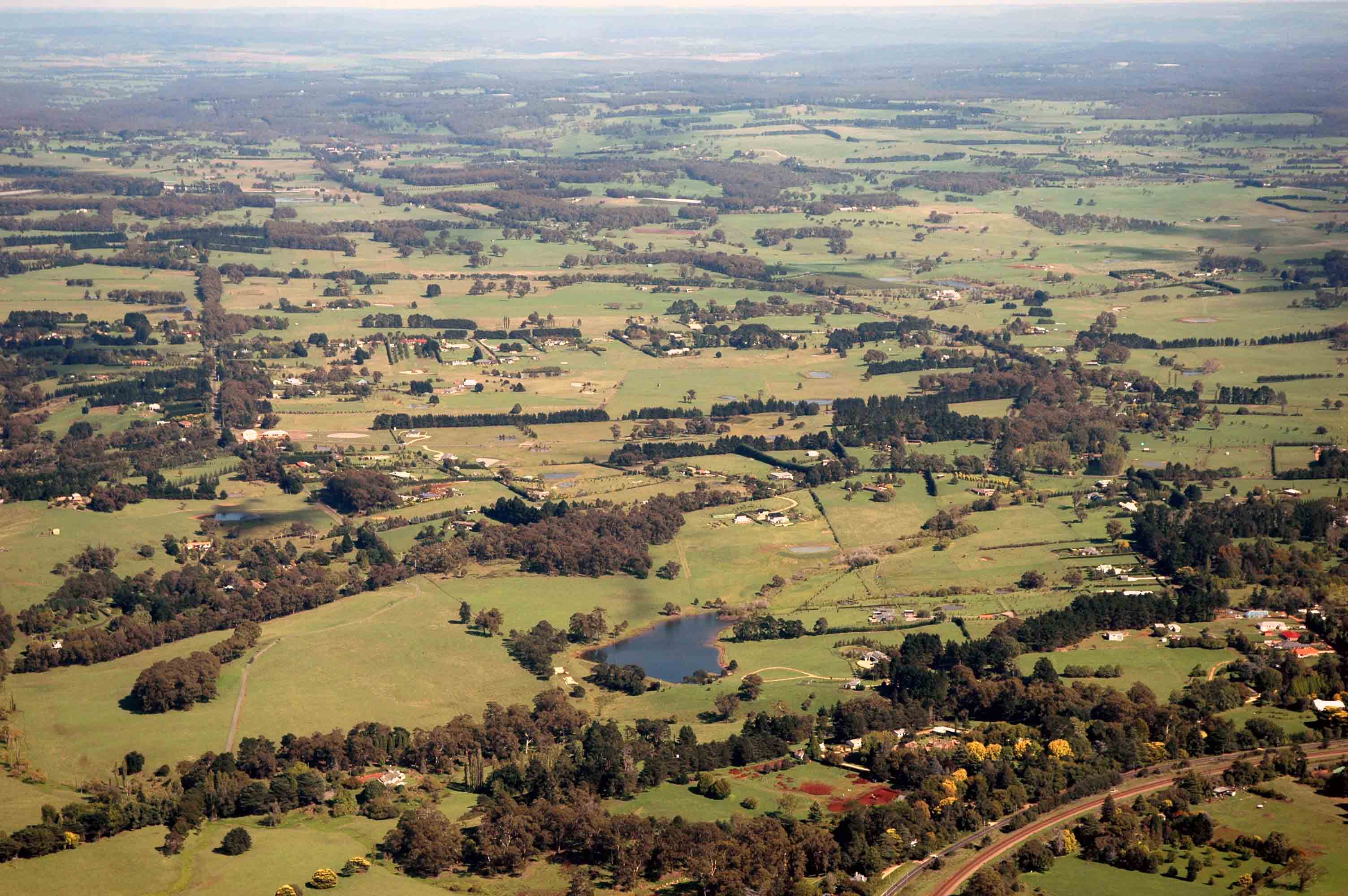
The application of this methodology will allow for the best zoning of the rural lands throughout the State and ensure that it is used for its best purpose.
Top of page...
launched March, 1999
copyright © 1999 - 2013 Edge Land Planning
All rights reserved.